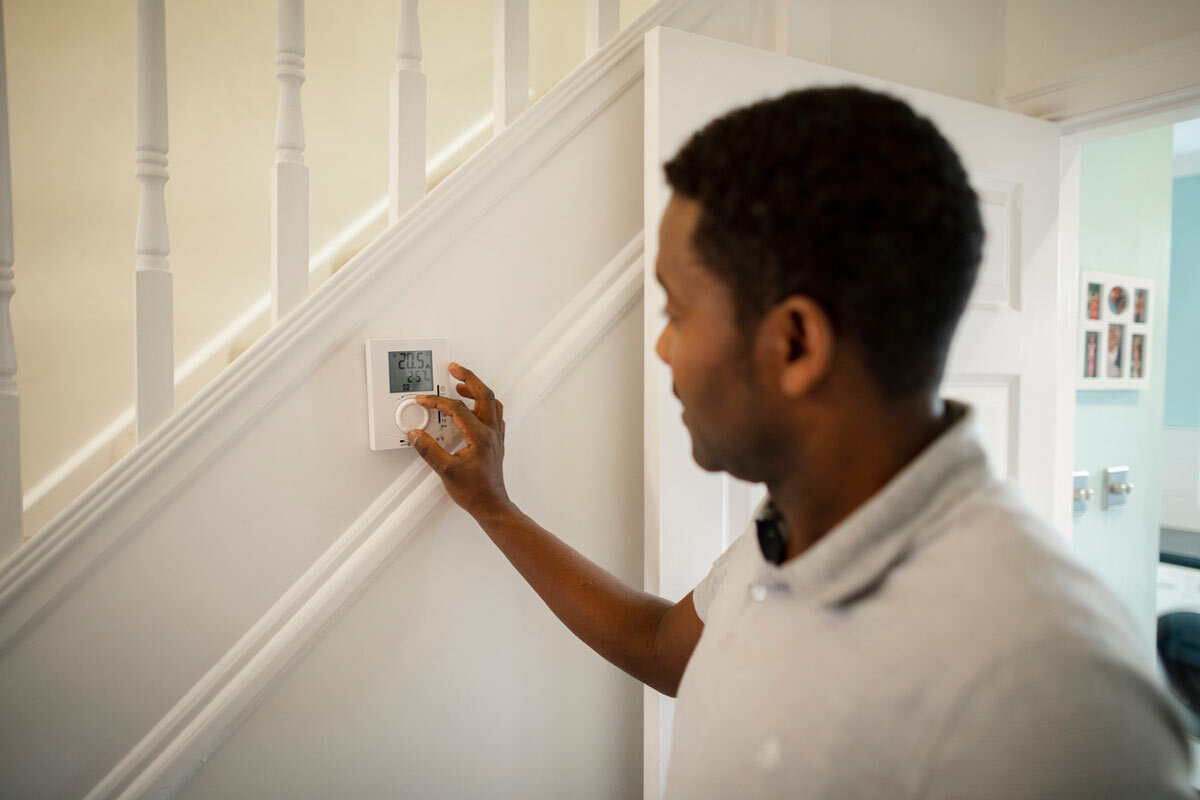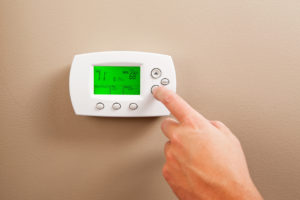Thermostat placement can make a world of difference to your comfort and HVAC efficiency. Placing it in a bad location will make your HVAC system run unnecessarily or inadequately at times, decreasing your comfort and driving up your energy bills. Let's help you out by telling you about the best options for thermostat placement.
Interior Wall
The best location for a thermostat is on an interior wall. The problem with exterior walls is that their radiant temperature will be lower in the winter and higher in the summer than your home's air temperature. As a result, your HVAC system may run unnecessarily and increase your bills.
The interior wall that you place your thermostat on shouldn't have pipes or ductwork running through it. The water or air running through the plumbing pipes and supply ducts can cool or heat the wall around them. If the thermostat is on such a wall, it won't read the temperature of the air in the room accurately.
Central Location
You should place your thermostat in one of the central-most rooms in your home. This should be a part of the home that's used frequently. That allows the thermostat to read centrally circulating air and give the best average home temperatures.
Don't tuck the thermostat away in a hallway or other less-used areas. Also, avoid thermostat placement in areas that are naturally warmer, like bathrooms, kitchens, and spots that get direct sunlight.
Height of 52 to 60 Inches
Heat rises, so you may be getting a temperature reading that's too low if you place the thermostat lower than 52 inches above the floor. Similarly, the reading could be too high if you put the device higher than 60 inches above the floor. Ideally, you should position your thermostat at a height off the floor that's between 52 and 60 inches.
By following these guidelines for thermostat placement, you'll make your HVAC system perform more efficiently, and your family will stay more comfortable throughout the year. For all your home-comfort and energy-efficiency needs in the Broken Arrow area, contact the heating and cooling experts at Air Assurance.


